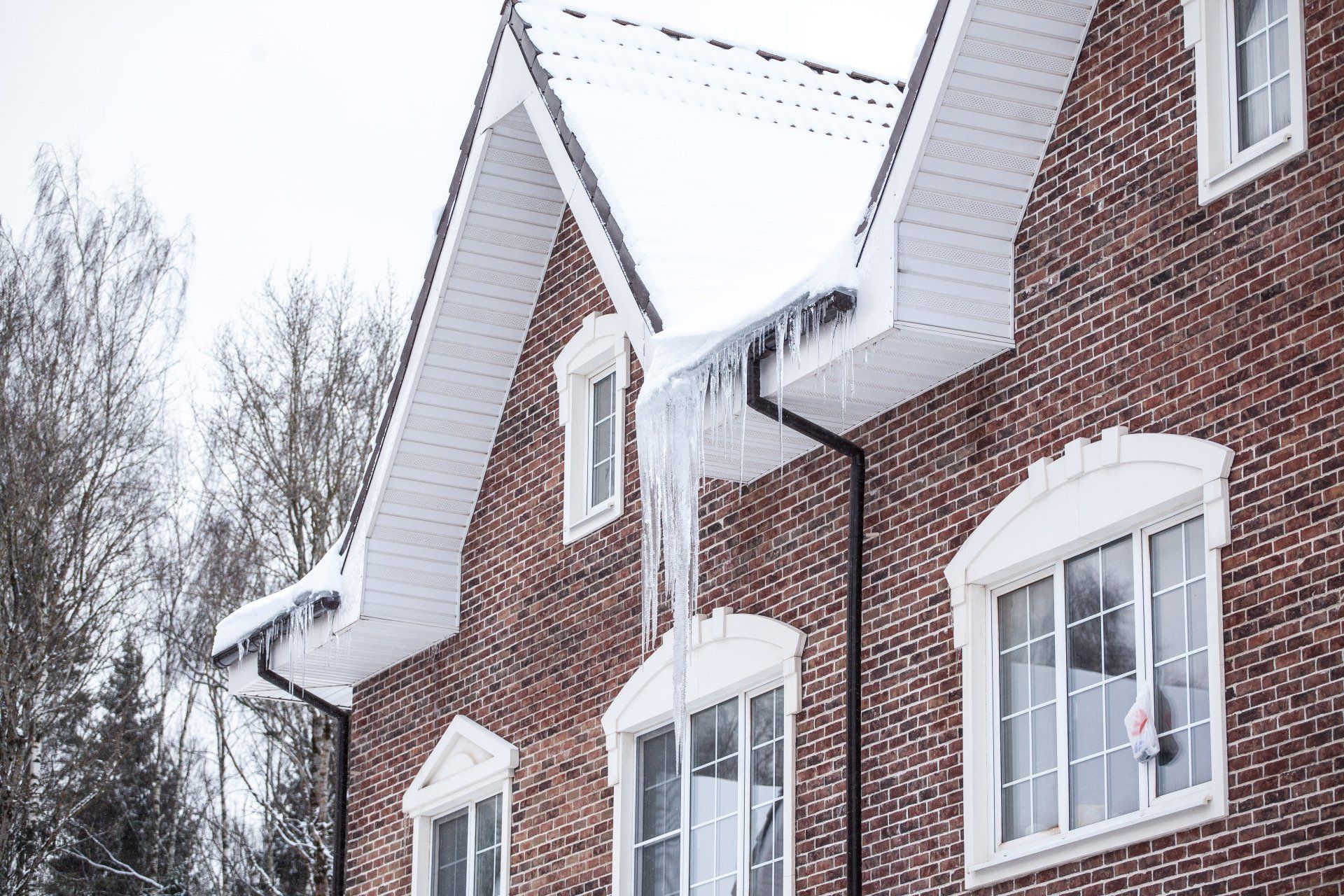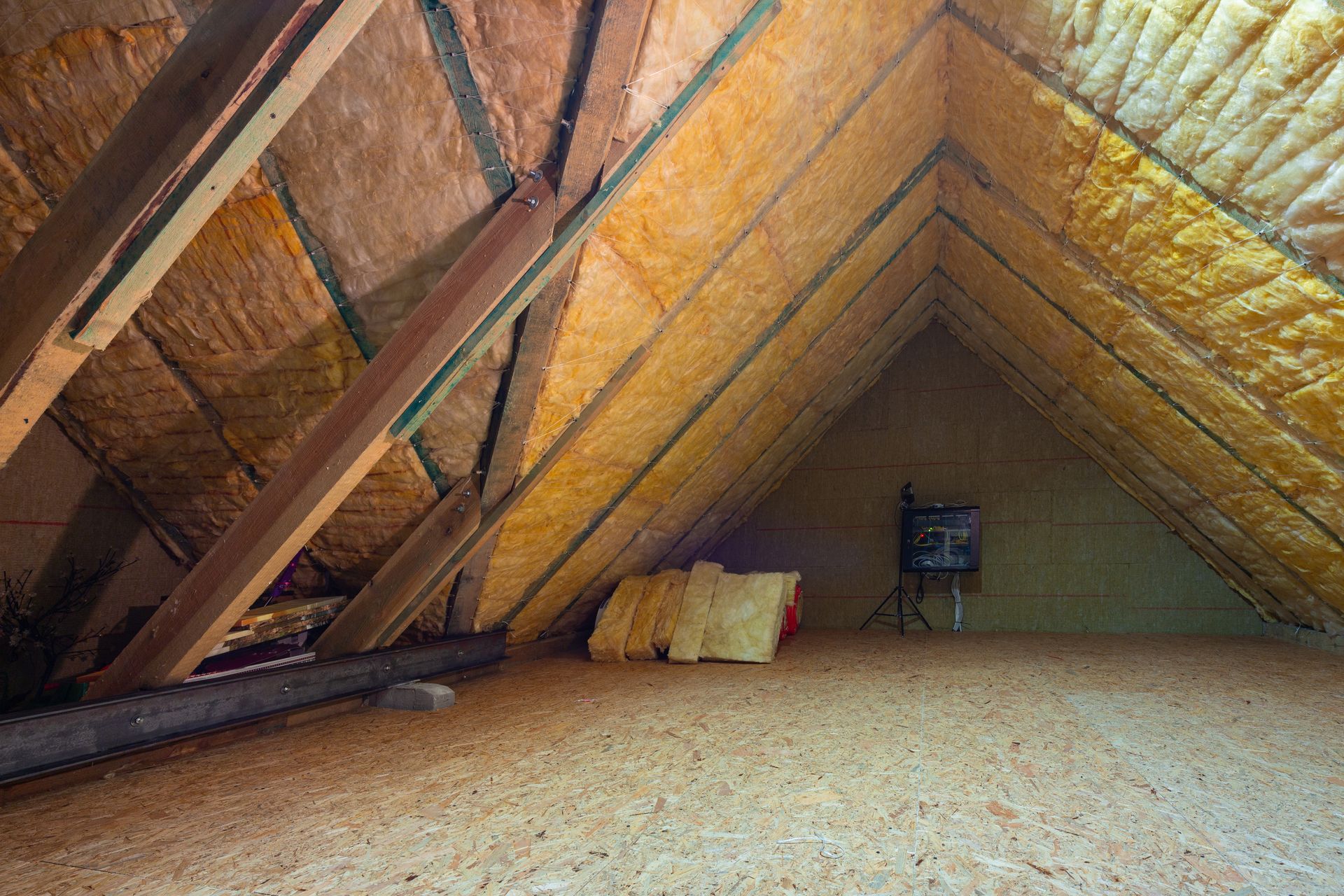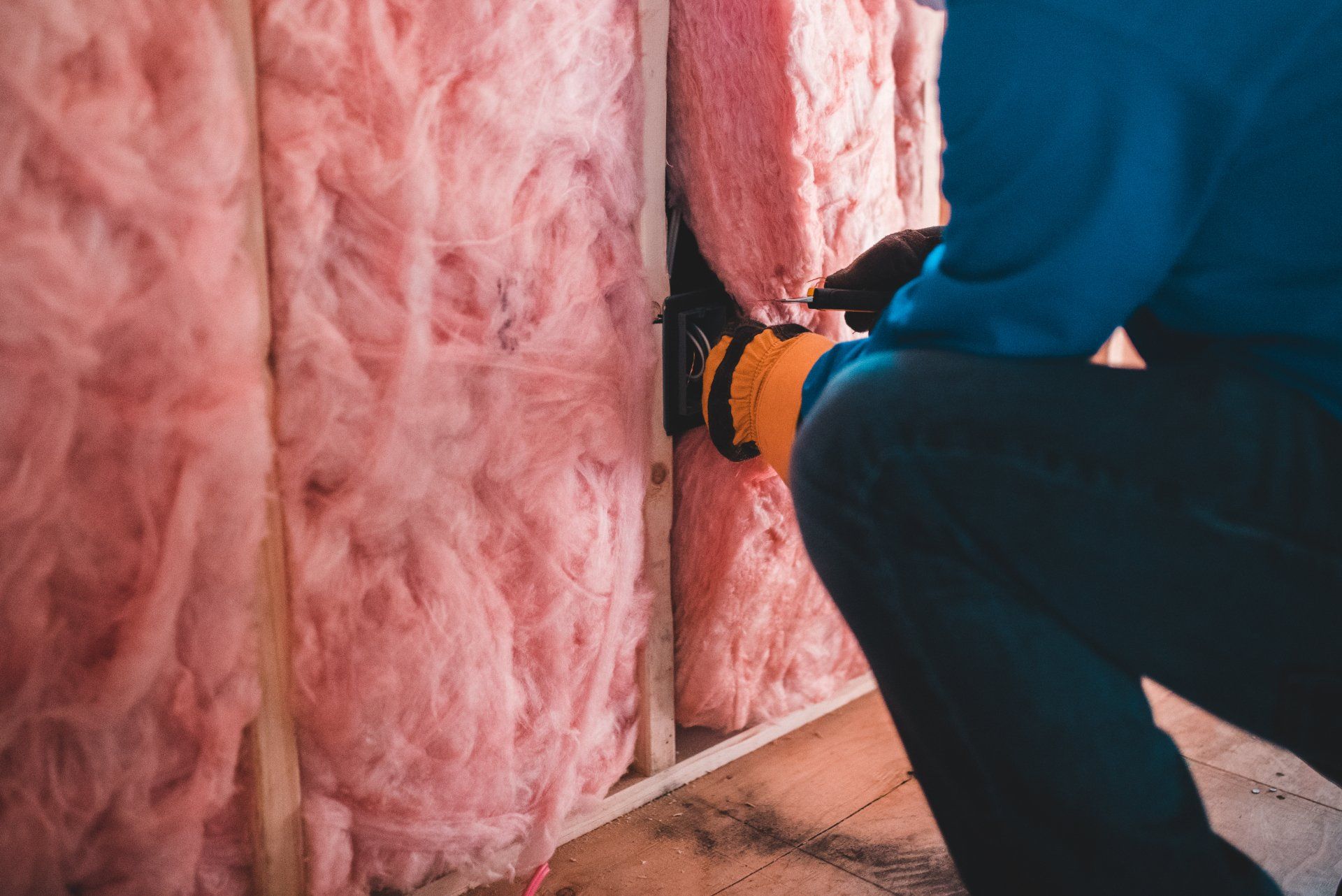How Does Insulation Work?
Insulation plays a pivotal role in the comfort and energy efficiency of your home, but how exactly does it work? Understanding the functionality of insulation is key to appreciating its importance in building design and maintenance. This post delves into the science behind insulation and its crucial role in our homes.
The Basics of Heat Transfer
Understanding how heat moves in your home is key to appreciating the function of insulation. Heat transfer occurs in three primary ways: conduction, convection, and radiation. Let's explore each of these with examples relevant to a typical household:
- Conduction: This is the process by which heat moves through materials. Think about a pot on a stove: the heat from the burner conducts through the pot to heat its contents. In your home, conduction occurs when outdoor heat moves through walls, ceilings, and floors. For instance, on a hot day, the exterior heat conducts through the walls and heats the interior spaces. Insulation slows down this process, keeping your home cooler in summer and warmer in winter.
- Convection: Convection involves heat transfer through fluids, which includes both liquids and gases like air. In your home, convection can be observed when warm air rises and cool air sinks, creating a cycle of air movement. An example would be a heated room where warm air rises to the ceiling and cooler air settles down to the floor. Without proper insulation, this convective loop can lead to significant heat loss, especially through poorly sealed windows and doors.
- Radiation: Radiative heat transfer occurs in the form of infrared energy and doesn't require a medium (like air or water) to travel. The sun warming your skin is a classic example of radiation. In homes, radiant heat loss can occur through windows, which allow heat to escape in the winter and enter in the summer. Specialized insulation, like radiant barriers, is designed to reflect this type of heat, reducing the radiative heat transfer that can affect your home's internal temperature.
Each of these heat transfer methods contributes to how warm or cool your home feels. Understanding them is crucial for effectively insulating your home and maintaining a comfortable living environment all year round.

Types of Insulation Materials and Their Role in Energy Efficiency
Different insulation materials work in various ways to limit energy loss in your home, each characterized by its R-value, a measure of thermal resistance.
- Fiberglass Insulation: Made of fine glass fibers, fiberglass insulation traps pockets of air, slowing down heat transfer by conduction and convection. Its typical R-value ranges from R-2.9 to R-3.8 per inch, making it a common choice for residential spaces where thickness and cost are considerations. It's effective in walls, attics, and floors, providing a balance between performance and affordability.
- Cellulose Insulation: Consisting largely of recycled paper treated with fire retardants, cellulose has an R-value of about R-3.1 to R-3.8 per inch. It's particularly effective at filling in gaps and irregular spaces, which can help prevent heat loss through convection. This makes cellulose a good option for retrofitting older homes where it can be blown into existing walls without invasive installation.
- Spray Foam Insulation: Available as open-cell or closed-cell, spray foam expands to fill cavities, creating a tight air barrier. Closed-cell foam, with a higher density, has an R-value of about R-6 to R-7 per inch, double that of open-cell foam. It not only reduces heat transfer through conduction but also effectively seals against air leaks, addressing both conduction and convection heat loss. It's ideal for spaces where creating an airtight seal is crucial.
- Rigid Foam Insulation: This type includes materials like EPS, XPS, and Polyisocyanurate, offering R-values ranging from R-4 to R-6.5 per inch. Rigid foam is excellent for exterior wall sheathing, basement walls, and special applications like insulating under slabs. Its high R-value per inch and moisture resistance make it effective for limiting heat transfer in areas prone to dampness or where space-saving solutions are necessary.
Each of these insulation types plays a specific role in reducing energy loss through different mechanisms of heat transfer. The effectiveness of insulation in any given situation is a combination of the material’s R-value, proper installation, and suitability to the space and climate. A higher R-value means better insulating power, but the best choice of material also depends on other factors like moisture exposure, space availability, and specific energy-saving goals.

Bridging the Gap: How Insulation Affects Air Leakage and Energy Use
Insulation is not just about slowing down heat transfer; it's also crucial in preventing air leakage, a key factor in a home's overall energy efficiency. The interplay between insulation and air leakage can have significant impacts on both your energy bills and the comfort of your living environment.
Poorly insulated homes often suffer from high air leakage, where warm air escapes in the winter and hot air intrudes in the summer. This can occur in several common areas:
- Attics and Roofs: Heat rises, and in homes with inadequate attic insulation, this can lead to substantial heat loss. Additionally, attic spaces are prone to air leaks around vents, light fixtures, and eave gaps.
- Walls and Floors: Older homes, in particular, might have insufficient insulation in the walls. Floors above unheated spaces like garages or crawl spaces also contribute to heat loss.
- Windows and Doors: Even with good insulation, drafty windows and doors can be significant sources of air leakage, impacting both energy efficiency and comfort.
The costs of poor insulation and air leakage are twofold. Firstly, there’s the financial aspect. Heating and cooling systems have to work overtime to compensate for the constant loss or gain of heat, leading to higher energy bills. In fact, inadequate insulation can lead to a significant percentage of energy waste in a typical home.
Secondly, there’s comfort to consider. Areas with poor insulation are prone to uncomfortable temperature fluctuations – overly warm in the summer and cold in the winter. This inconsistency can lead to a reliance on heating and cooling systems, which only provides a temporary solution and adds to energy costs.
Effective insulation, combined with proper sealing of air leaks, addresses these issues by creating a more consistent and controlled indoor climate. This not only makes your home more comfortable year-round but also reduces the strain on your heating and cooling systems, leading to lower energy consumption and cost savings over time.

Maximizing Comfort and Beyond: The Comprehensive Benefits of Proper Insulation
Insulation does far more than just regulate temperatures; it brings a suite of benefits that extend to various aspects of your home’s health and efficiency. Besides its primary role in reducing energy costs and enhancing comfort through temperature control, insulation also contributes significantly to soundproofing. This acoustic benefit creates a quieter and more peaceful living environment, especially important in urban areas or for homes near busy streets.
Additionally, good insulation plays a role in moisture control, reducing the likelihood of mold and mildew growth, which is crucial for maintaining healthy indoor air quality. By keeping excess moisture at bay, insulation helps protect the structural integrity of your home.
Wrapping up, the importance of proper insulation in your home cannot be overstated. From boosting energy efficiency and comfort to enhancing soundproofing and preventing moisture-related issues, the right insulation is a key component in creating a safe, comfortable, and cost-effective living environment.
Are you ready to experience the full range of benefits that proper insulation can offer?
Don’t let outdated or inadequate insulation compromise your home’s efficiency and comfort. Reach out to Foam Pros Saskatoon for a comprehensive insulation assessment and upgrade. Our expert team is ready to provide you with tailored insulation solutions that meet your home’s specific needs, ensuring that you enjoy improved comfort, lower energy bills, and a healthier living environment. Take the step towards a better-insulated home today and feel the difference.


Foam Pros Saskatoon
Foam Pros Saskatoon is a specialist spray foam insulation company that services the surrounds of Saskatoon. We specialize in expanding foam insulation for ceilings and walls in both commercial and residential spaces.
Privacy Policy Contact Us More Resources
All calls from our site are sent to a qualified contractor.
Built by RenovateROI - A Home Contractor Marketing Company
